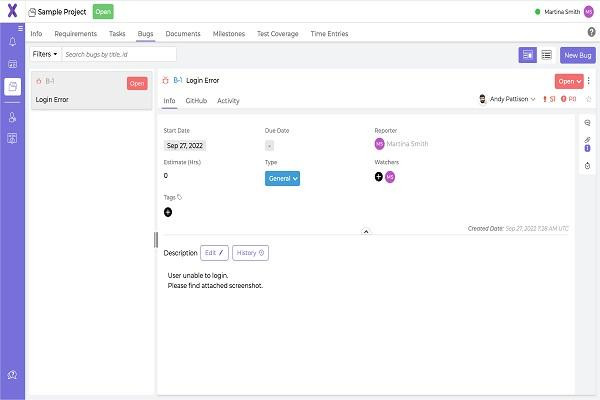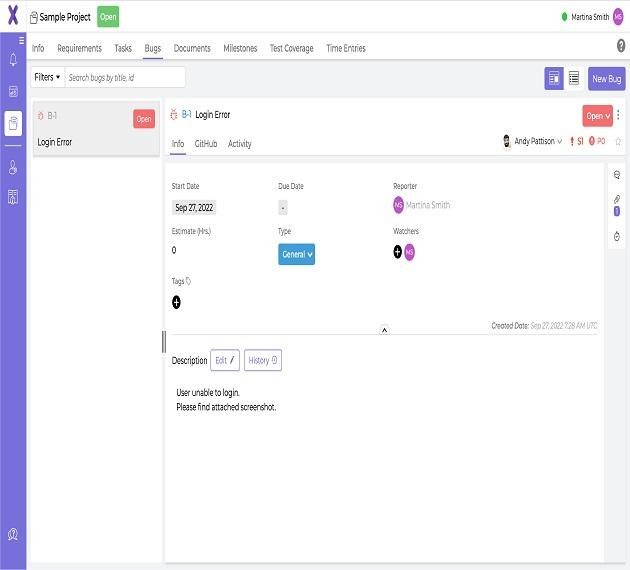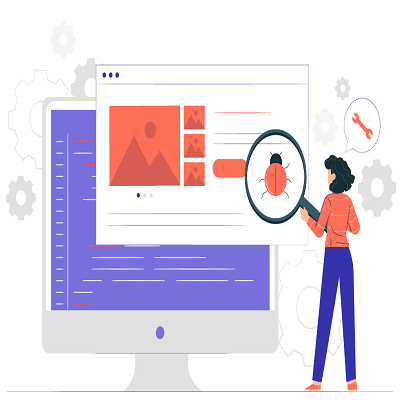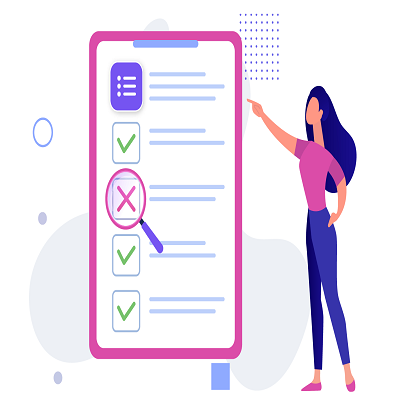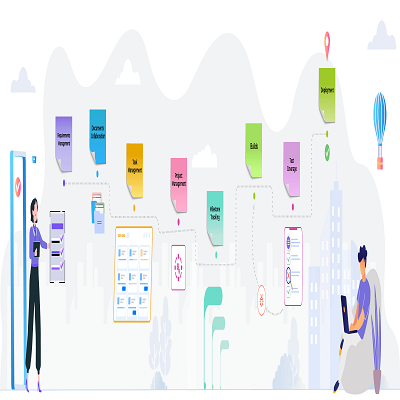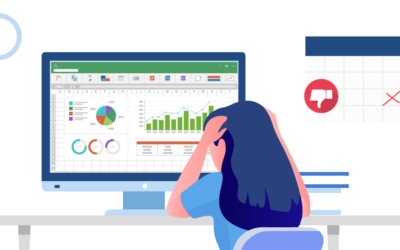Introduction: A project management plan is the collection of all project planning processes and stages. It shows the best project execution, monitoring, control, and strategies. Today, project management is essential for successful project implementation. Since this is a process, it has systematic steps that include:
- Project Scope.
- Project Schedule.
- Project Cost.
- Quality Control.
- Human Resources.
- Communication Plans.
- Risk Management.
- Procurement Plan
- Process Plan.
Vital Project Management Plan Scope Statement
There are several aspects to a project’s scope statement document. These project aspects and characteristics may address these vital areas aligned with the project. Whether it is products or services, the project scope control methods include:
Project Management Processes: There are specific steps to project management.
Enterprise Factors: Government, industry standards, quality control standards, existing facilities, existing human resources, stakeholders, etc.
Organisational Processes: Health and safety policies, quality control, process audit targets, risks, guidelines for performance evaluation, communication and financial guides, record retention and data security system guides, vendor management, change control process, document creation, approval, control, retention, and project close guides.
What Are the Top Benefits of a Project Management Plan?
Clear management of the limited resources is vital to successfully completing any project. That is why project management resources are important. There are multiple benefits to a comprehensive project management plan, which include:
- Planning is the bedrock of a proper project and successful project execution, making sure all steps are followed in the execution process. This saves crucial execution time and enables a faster project launch.
- There are clearly defined project goals and objectives, and cohesive teams are on the same page regarding several aspects.
- It puts in place the necessary project boundaries, scope, and deliverables, all of which are defined.
- It marks out and identifies the project management team and the project stakeholders.
- The clarification of the project schedule and major milestones is highlighted.
- The fundamental baseline plan for the schedule, scope, and cost of the project are equally enumerated or expounded.
- There is a tracking mechanism against the given baseline plan.
- There is enhanced facilitation in project performance reporting.
- It facilitates the identification and establishment of communication channel needs and methods.
- It pinpoints the risks to the project and shows an appropriate response mechanism or approach.
- It enables the launch of a process for starting changes to project scope, schedule, cost, quality, and risk seamlessly.
- It points out the several norms and standards that a product or service must fulfil to meet the project objectives and goals.
- There is enhanced monitoring and control of project activities at all stages.
- It clearly clarifies all present resources and shows more requirements needed to complete the project on budget.
- It meets the best project requirements for funds at various phases of the project's implementation and execution.
Summary: Each project has clearly defined goals and plans to achieve them. These may need specific requirements to be accomplished. That is why a project requirements management plan is essential on the path to fulfilling and meeting your dream software project goals and objectives as a team and company.
For more info:-
Project Management Task Tracking
Task Management Software For Teams
Bug Tracking Tools In Software Testing
Source URL:- https://sites.google.com/view/project-management-plan-/home

